
Coloring sheets provited by NASA.
- Subject:
- Physical Science
- Material Type:
- Activity/Lab
- Provider Set:
- STEM Outreach
- Author:
- NASA
- National Aeronautics and Space Administration
- Date Added:
- 01/30/2023

Coloring sheets provited by NASA.

An activity book all about the Artemis mission.
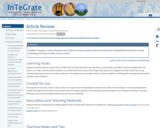
Students are given a choice of sources from which to choose an article relevant to the course (Sustainability Science) for review, including connection to other course content. Integration of article content with other course materials is an important component.
(Note: this resource was added to OER Commons as part of a batch upload of over 2,200 records. If you notice an issue with the quality of the metadata, please let us know by using the 'report' button and we will flag it for consideration.)
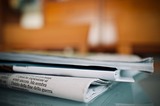
Students will summarize an article on an agricultural topic and reflect on what surprised or interested them, and name other keywords/topics for future research they found in the article.
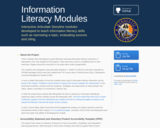
Covering necessary information literacy topics in a traditional "one shot" session can be difficult. To address this challenge, a suite of interactive online modules were developed to provide active learning lessons on various information literacy topics. The modules can be used in fully online, flipped or face-to-face courses and can be integrated into a learning management system (LMS) so student knowledge and progress can be tracked and assessed.
Developed using Articulate Storyline, the sources files are available as open source downloads under a GNU General Public License (GPLv3). Please feel free to download and continue to enhance and improve these modules.
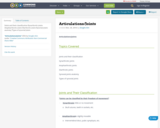
Joints and their classification
Synarthrotic joints
Amphiarthrotic joints
Diarthrotic joints
Synovial joints anatomy
Types of synovial joints
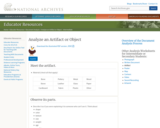
The following artifact analysis worksheet was designed and developed by the Education Staff of the National Archives and Records Administration. You may find this worksheet useful as you introduce students to artifacts and primary sources of material culture, society and history.
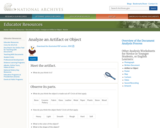
The following artifact analysis worksheet was designed and developed by the Education Staff of the National Archives and Records Administration. You may find this worksheet useful as you introduce students to artifacts and primary sources of material culture, society and history.
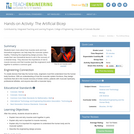
Students learn more about how muscles work and how biomedical engineers can help keep the muscular system healthy. Following the engineering design process, they create their own biomedical device to aid in the recovery of a strained bicep. They discover the importance of rest to muscle recovery and that muscles (just like engineers!) work together to achieve a common goal.
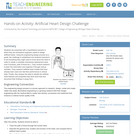
Students are presented with a hypothetical scenario in which they are biomedical engineers asked to design artificial hearts. Using the engineering design process as a guide, the challenge is established and students brainstorm to list everything they might need to know about the heart in order to create a complete mechanical replacement (size, how it functions, path of blood etc.). They conduct research to learn the information and organize it through various activities. They research artificial heart models that have already been used and rate their performance in clinical trials. Finally, they analyze the data to identify the artificial heart features and properties they think work best and document their findings in essay form.
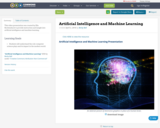
This video presentation was created by Ella Rechtenbach to provide instruction and insight into artificial intelligence and machine learning.

Students learn how forces are used in the creation of art. They come to understand that it is not just bridge and airplane designers who are concerned about how forces interact with objects, but artists as well. As "paper engineers," students create their own mobiles and pop-up books, and identify and use the forces (air currents, gravity, hand movement) acting upon them.
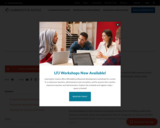
Students produce original art (visual art, music, drama or poetry) that conveys an anti-bias or social justice message. Students then plan a public showcase of their work.
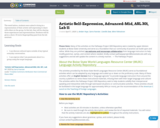
The week before, students were asked to bring in a representation of their artistic self-expressing to share with others in the group. In this lab, they will be sharing those experiences and representations. Students will be given a short, 10 word, fingerspelling quiz from the lab assistant.
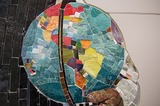
This unit explores the various ways information and ideas about climate change are presented through a variety of media. This includes the evaluation of social media posts, research into climate change issues, and an exploration of contemporary art and artists.

Kelly Tunstall and Ferris Plock are artists who focus on character design and development, creating a rotating cast of surreal cartoon figures inspired by visual culture, including fashion, skateboarding, Japanese regalia and folklore. They emphasize organization while maintaining freeform, both of which lead to the consistency in how their art turns out.
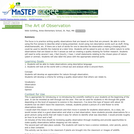
Students improve their written observations by using their 5 senses and words that are relatable to others. Create statements that are based on observable facts in the natural world.

Nebraska Honors Program
CLC Expanded Learning Opportunity Clubs
Arts Around the World Club Curriculum
Spring 2019
Grade Level: Kindergarten through second grade
Ideal Number of Attendees: 7-15 students
Goal of Club: Increase the cultural and global awareness of students
Resources: Various Pinterest ideas
Content Areas: Social Studies and Arts
Final Products: Weekly crafts that are related to the country being studied
Introduction to Club: This Arts Around the World club introduces students to other countries
and cultures through engaging crafts
Length of Club: 1 hour and 15 minutes
Tips and Tricks: Have extra activities (such as coloring pages or worksheets) available for
children who finish at a faster pace, and watch for students who are becoming distracted.

This lesson can be done in two 30 mintues whole group sessions. It could be done in a face to face setting, or used for virtual learning. This lesson analzyes the work of Piet Mondrian while reviewing 2D shapes.
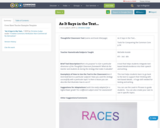
Cover Sheet
Teacher Examples
Template